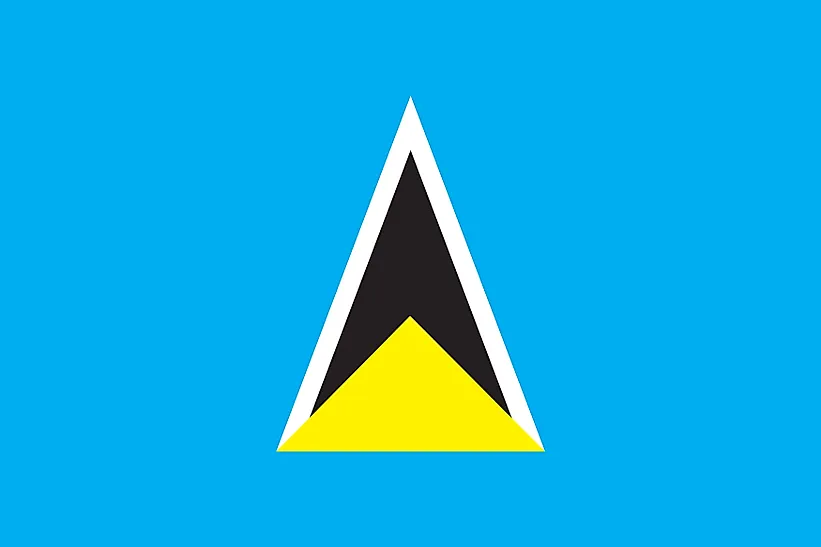
세인트 루시아
| 대륙 | 아메리카 |
| 자본 | 캐스트리 |
| 인구 | 164,464 |
| GDP | $2.08억 |
| 1인당 GDP | $12,000 |
| 다이얼링 코드 | +1-758 |
| ISO 코드(2글자) | LC |
| ISO 코드(3글자) | LCA |
Saint Lucia Landscapes






About Saint Lucia
Welcome to Saint Lucia, a nation of stunning natural beauty. With approximately 184,000 people occupying 617 square kilometers, Saint Lucia combines remarkable tropical landscapes with rich cultural heritage, standing as one of the Caribbean’s most picturesque islands.
지리적 특징과 자연의 아름다움
Saint Lucia’s geography encompasses dramatic volcanic peaks and pristine beaches. The country features the iconic Pitons, two volcanic spires rising from the sea, which have become symbols of the island and a UNESCO World Heritage site.
The landscape includes lush rainforests, sulfur springs, waterfalls, and coral reefs. The country’s varied topography creates diverse ecosystems supporting unique wildlife and plant species.
Protected areas include the Pitons Management Area, marine reserves, and forest reserves protecting rare species. The country’s commitment to environmental protection focuses on preserving its natural heritage while promoting sustainable tourism.
문화 유산과 전통
Saint Lucian culture represents a vibrant blend of African, French, and British influences. The country’s heritage includes distinctive Creole architecture, traditional festivals, and a rich musical tradition.
Traditional arts include folk music, particularly Kwéyòl music, and traditional dance forms. Cultural practices feature La Rose and La Marguerite flower festivals, while the Creole language remains an important part of daily life.
Saint Lucian cuisine combines Creole and Caribbean flavors, featuring fresh seafood, green figs (bananas), and saltfish. The tradition of community celebrations and cultural festivals remains central to island life.
역사 여행
Saint Lucia’s history spans from indigenous Arawak and Carib settlements through colonial struggles to independence. The island changed hands 14 times between British and French control, earning it the nickname “Helen of the West Indies.”
Significant periods include European colonization, plantation era, the battle for control between Britain and France, and independence in 1979. The country’s diverse colonial heritage has shaped its unique cultural identity.
현대 경제 환경
Today’s Saint Lucian economy focuses on tourism, agriculture, and light manufacturing. The country has developed significant tourism infrastructure while maintaining traditional agricultural exports.
Recent initiatives emphasize sustainable tourism development, agricultural diversification, and renewable energy. Saint Lucia’s natural beauty and strategic location support its tourism-based economy.
국제 관계 및 글로벌 포지셔닝
Saint Lucia maintains active participation in Caribbean regional organizations while fostering international partnerships. The country’s tourism appeal and cultural heritage extend its global connections.
알고 계셨나요?
• Saint Lucia is the only country in the world named after a woman?
• The Pitons are featured on the national flag?
• The island has produced two Nobel laureates, more per capita than any other country?
• Saint Lucia’s drive-in volcano is the world’s only such attraction?
결론
Saint Lucia represents a unique combination of natural wonder and cultural richness. From its volcanic peaks to its pristine beaches, from its Creole heritage to its modern tourism industry, Saint Lucia continues to evolve while preserving its distinctive character. As it addresses challenges including climate change and economic diversification, Saint Lucia remains committed to sustainable development while maintaining its position as a premier Caribbean destination.